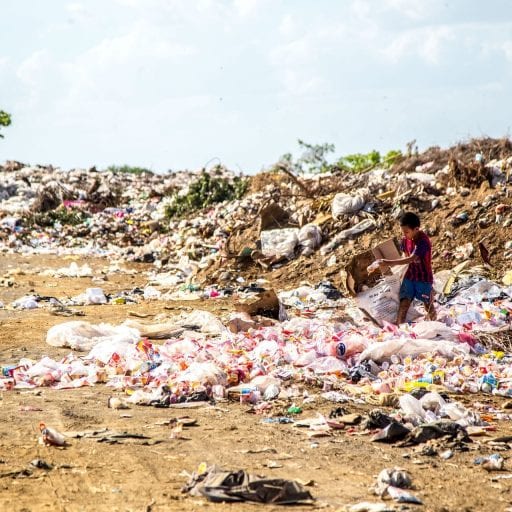Sergio Dominguez, Benjamin Beliveau, Julia Jankowski, Molly Steinberg
Professor San Martin
Topics in Environmental History
11/15/18
Chapter 3- Love Canal: Hazardous Waste and the Politics of Fear
Judith Layzer first received a bachelor’s degree in economics at the University of Michigan in 1983 and a Ph.D. in 1999 in Political Science from MIT. She has posted a doctoral thesis called “Sensing and Credibility” that goes over a number of environmental-protection disputes. She has posted several works over how on economic, environmental issues, and whether American policies are properly influencing the environment in the way that it should. She became a full-fledged professor in MIT in 2014. Judith Layzer gave talks at academic and political conferences in the US and internationally. She taught a course in science and politics, ecosystem management, and food systems. From this, we can see that she was very influential to both the academic and political audiences. Her idea of taking action is to spread ideas to fight ideas since the majority of her work focuses on writing papers and giving a lecture to teach the audience on how to make a policy and her studies in order to prevent policies from damaging the environment indirectly.
The publication of the information is a chapter in a book on environmental cases. The way the text is written it is a complete an informational text including quotations about and from the events of Love Canal. The text gives an overview before going into a detailed background. How this event happened as well as tracking how developments occurred and contributed to this becoming the case it did. The neglect and the lack of accountability that leads to buildings being put on the sight. The text then gives what the case was and how it began to gain more publicity and attracted more and more attention. As the story and gained attention from national media the blame started to be pushed to other people. The text does a good job following the information other sources might look over by including the people that were forgotten or did not receive proper treatment as well as the disagreement between professionals and citizens. Through the evacuation process and determining who will pay for the clean up the article focuses on the presenting all the information from an unbiased view, which adds to the quality of the article. The article is summed up in the end by giving conclusions on the case and its final outcome as well as what it changed. Finally, questions were included in the end to help further discussion and understanding of the text before all the citation and sources were included to backup all information used by the author.
The main argument in this chapter is that the citizens living around the Love Canal area were living with the pollution of toxic waste dumping. Because the numerous scientific tests done on the area resulted in differing conclusions, there really is not a definite answer to whether or not there was really hazardous conditions in the are causing cancer and other illnesses to the people living there. This article’s main focus is to display the facts and to present the history leading up to the current conditions in Love Canal. The author provides evidence using different facts from the history of the town as well as data from different scientific studies that were done by different organizations such as the DEC and DOH.
Much of the text in this chapter had well-supported arguments taking supporting details from a variety of sources. Using several different sources to support the argument strengthens the claims and make the case much more credible. When discussing who was responsible for the disaster and who would pay the author includes several specific figures and where they came from making the argument very strong. Exact values are included from environmental agencies as well as specific numbers from newspapers and detailed accounts and interviews from people. Throughout the whole chapter, numerous credible sources were cited with specific information to really give an argument that has little uncertainty.
During our class discussion and process of putting points of soil pollution on our shared map, we found similar instances as the Love Canal incident in other places in the world. Some of our research focused on China and how soil pollution there greatly impacts citizen health. When there is pollution from fertilizers or industrial facilities, it spreads from the air to the soil and water. This contaminates crops and water used for drinking and bathing. Some of these instances were kept a secret for a long time by the government in order to reduce backlash and the costs of fixing the conditions. These areas, when finally studied and the locations released, were called “cancer villages” because the number of cases of cancer was so high. In Love Canal, it was not until residents started noticing that their families and neighbors were suffering from illnesses that the safety of the area came into question. This lack of notice, or delayed noticing of environmental problems appears to be a common problem which in turn causes a lack or delay of action to resolve the health issues in these areas.
This work can inspire new research questions by thinking about how can towns and companies can learn from issues like the dumping of waste into the Love Canal. Situations always start somewhere and if were illegal, let’s say, for Hooker to dump their waste in the Love Canal then decades later families and homes would not be getting destroyed. Questions that complement this would be how could we stop this from the start? How can we foresee a problem that could result from our actions and make sure they do not happen?
Work Cited
Layzer, Judith A. The Environmental Case: Translating Values into Policy. Sage Publications, CQ Press, 2016. [chapter 3]
